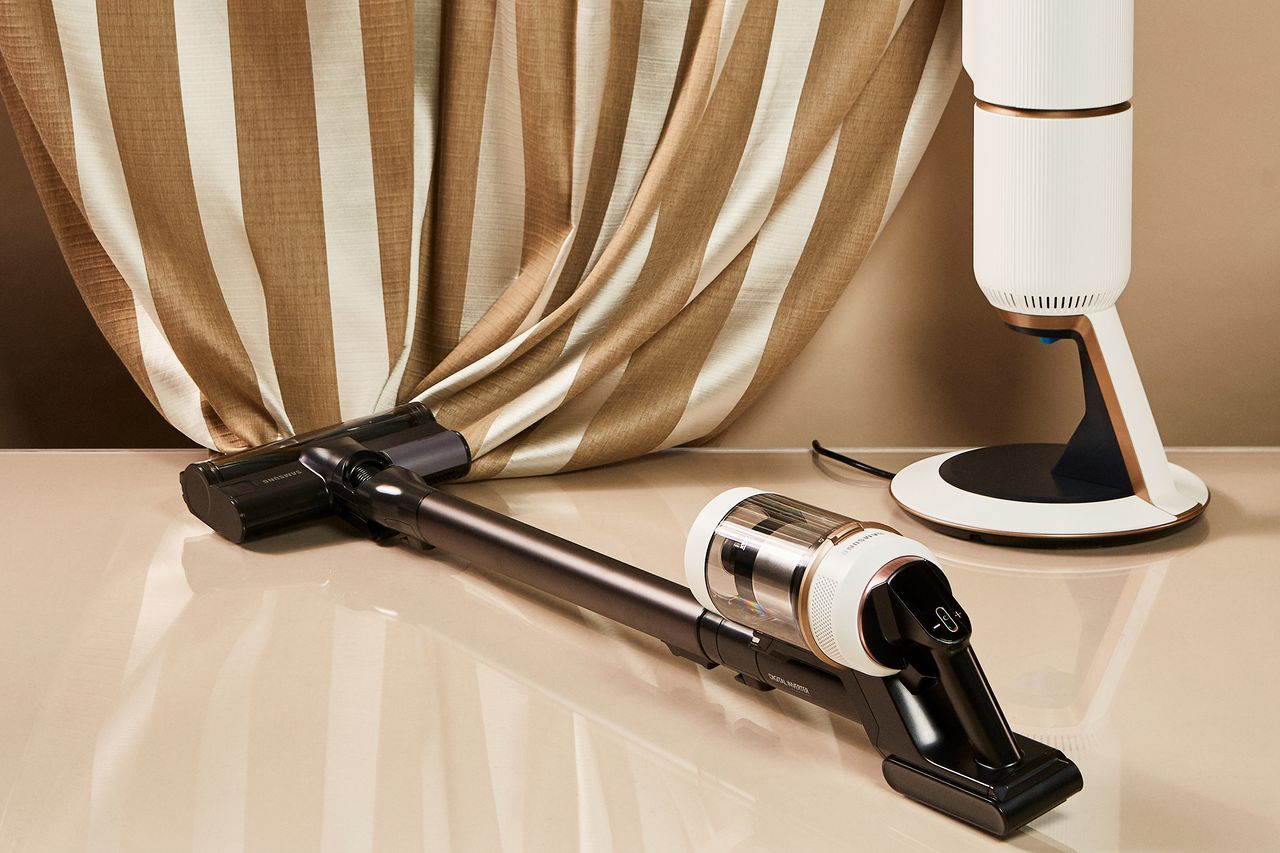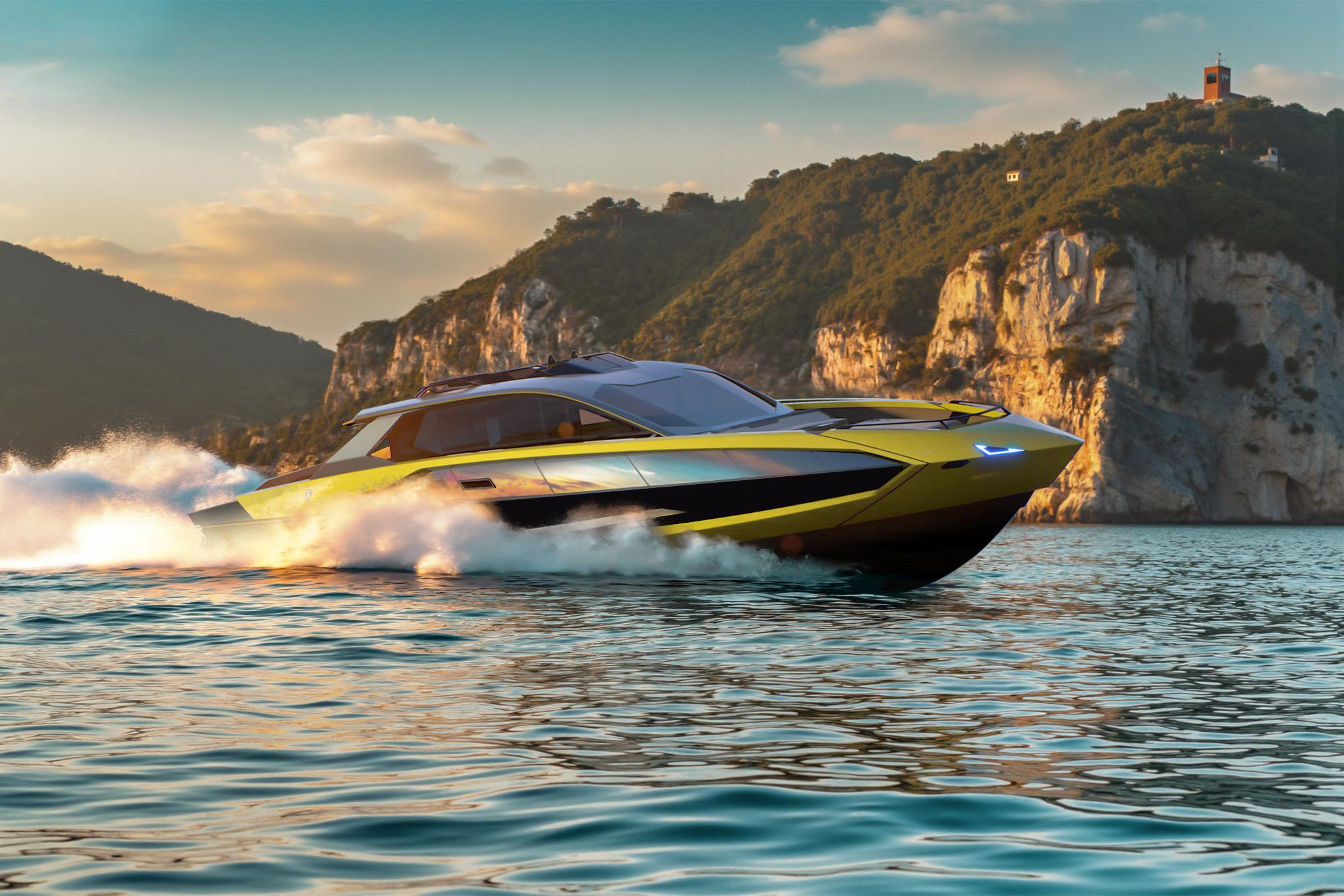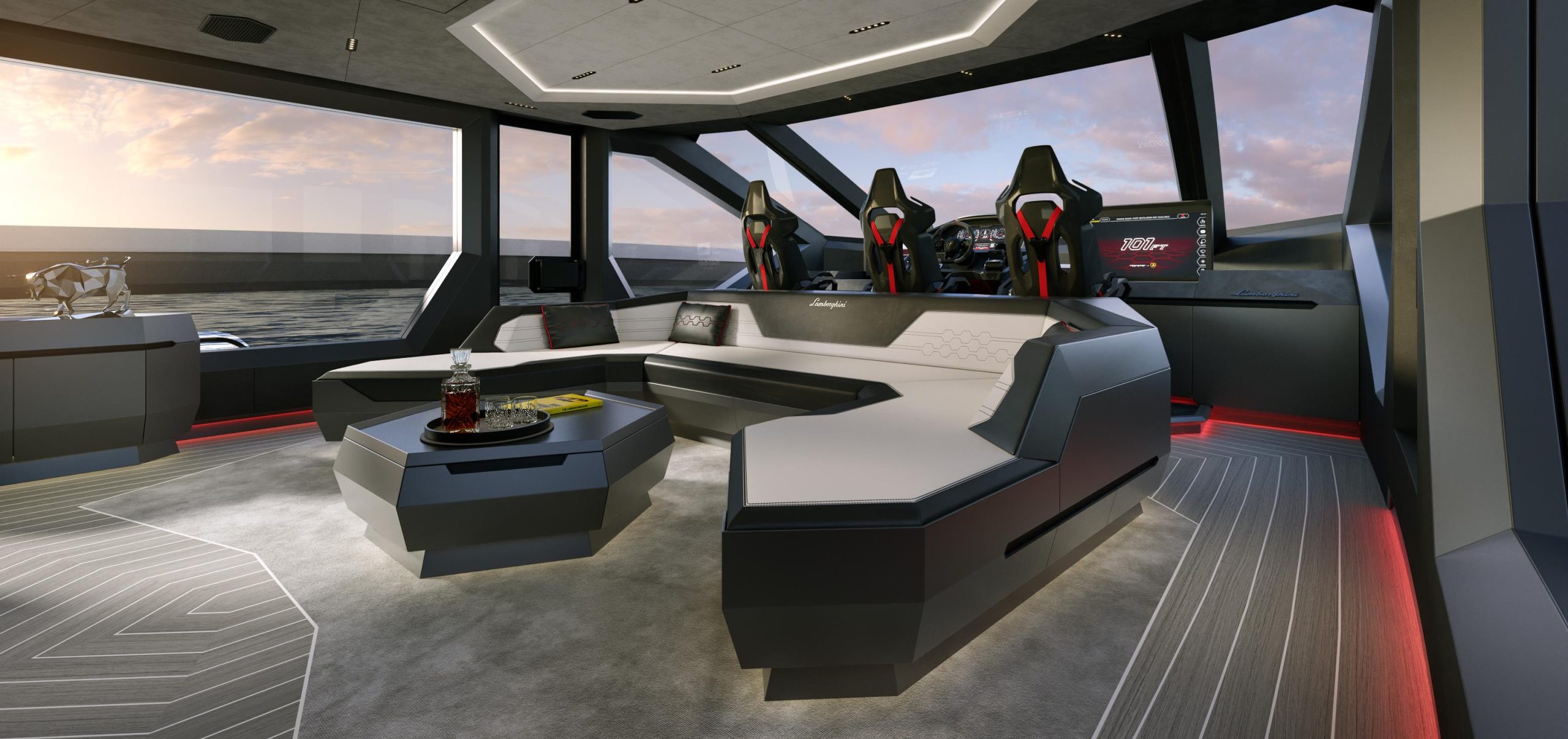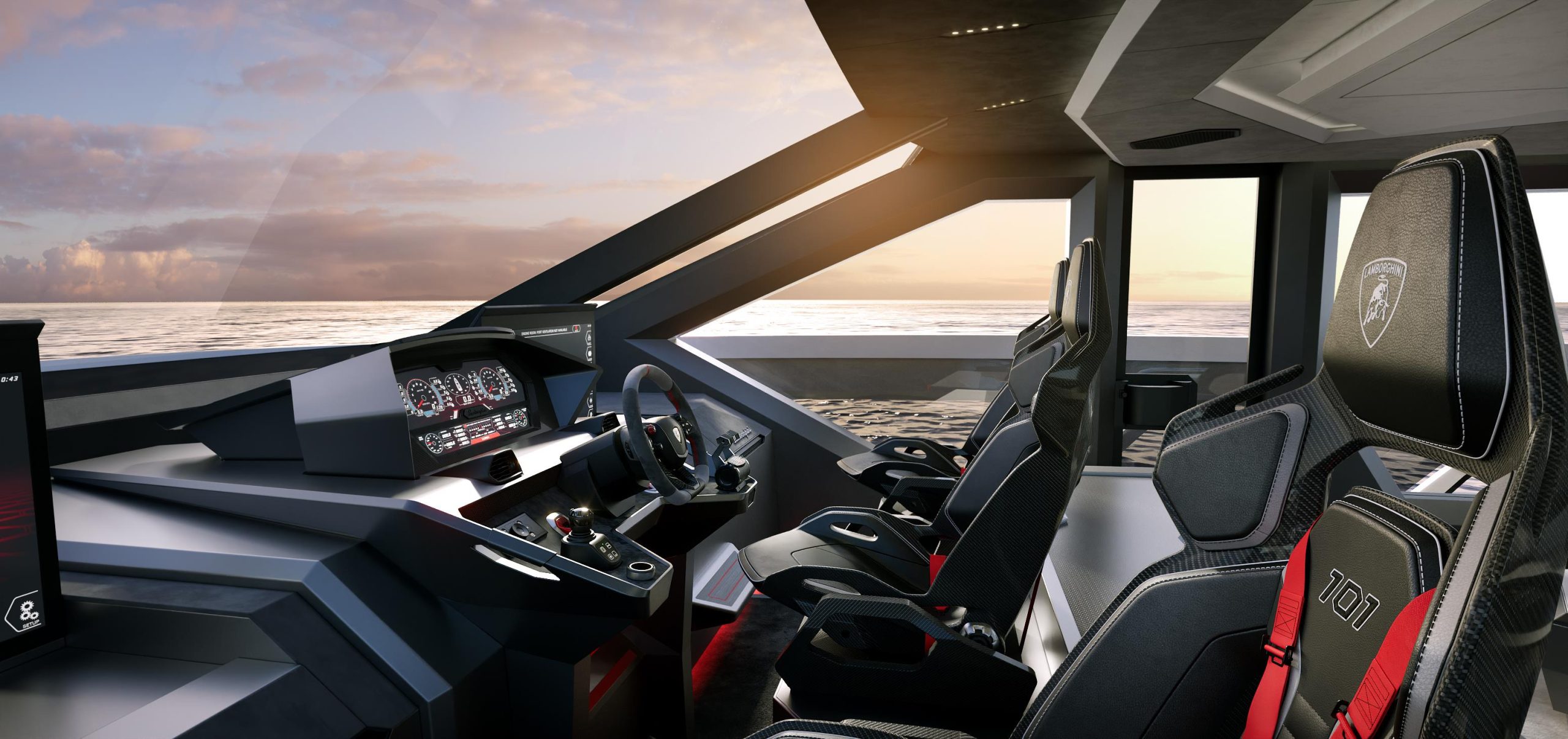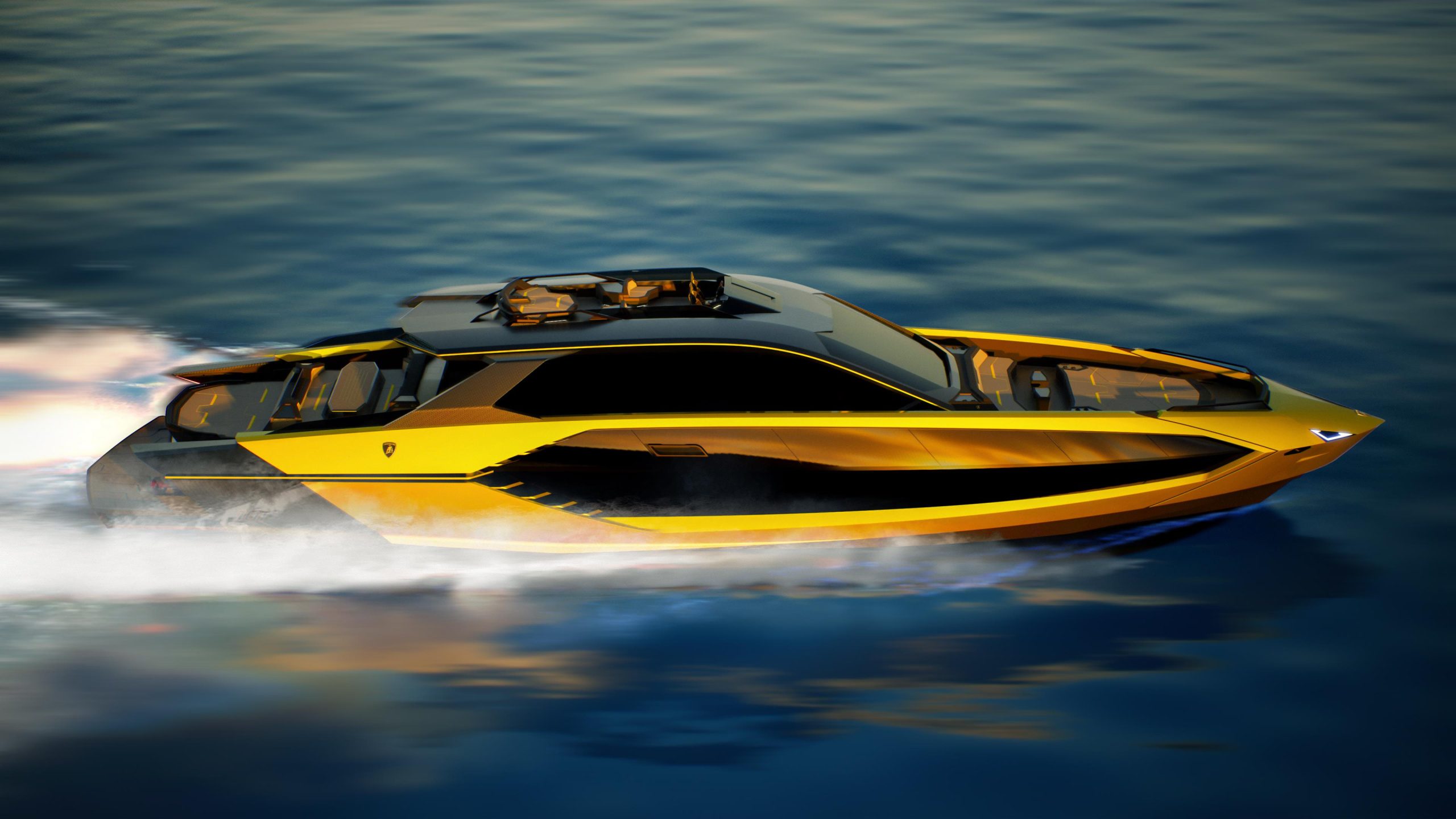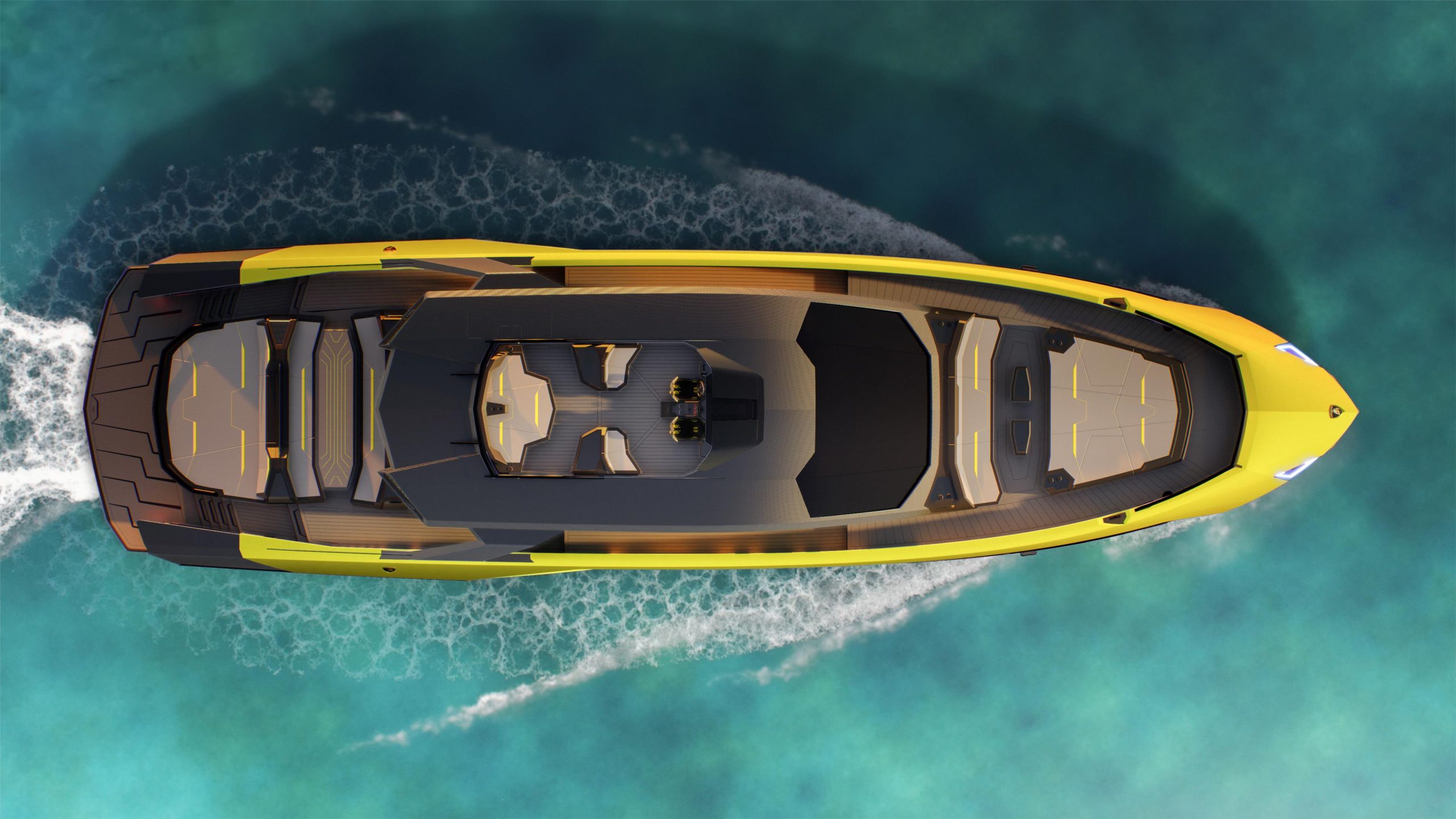3 Reasons You Should Buy a Stick Vacuum—And 3 Reasons They Suck
Convenient, compact and light, cordless vacuums from companies like Dyson and Samsung have become covetable status symbols for some. But they come with some negatives, too.
JILL KOCH, 39, bought her first cordless vacuum because it was pink. “I didn’t look at the brand, I didn’t look at the price. I saw the colour and was like, ‘I have to have it,’” said the Cincinnati-based home organisation and cleaning blogger. Koch, who owns almost a dozen vacuums, says her newest cordless stick, the Shark Wandvac, gets the most use. She finds its motor powerful enough to handle most tasks. But more important, because of its sleek look, “it’s not even weird to store it in plain sight,” she said. Whenever she sees something that needs cleaning, that vacuum is within reach. She can clear the mess, dump out its dustbin into a trash can, and re-dock the vacuum in a minute or two.
Cordless stick vacuums aren’t new—British manufacturer Dyson released its first cordless stick vacuum in 2010—but the battery-powered, bagless models have become more popular, largely due to their convenience. In 2018, a year after telling Bloomberg that cordless vacuums were driving his namesake company’s growth, James Dyson announced it would no longer bother developing corded models. Convenience, however, isn’t cheap. While you can find excellent corded upright vacuums for under $200, the latest cordless option from Dyson, its Gen 5 Outsize, costs $1,050.
Some experts say ditching your corded model is unwise. Cordless vacuums have a place in your cleaning arsenal, but they aren’t a replacement for a more powerful machine like an upright model with a bag, said Ken Bank, a third-generation vacuum expert and president of Livonia, Mich.-based Bank’s Vacuum Superstores. “The technology has improved a lot,” he said, “but [stick vacuums] aren’t anywhere near as powerful as a vacuum cleaner with a cord and a real motor in it.”
Here’s what to consider before going cordless.
The Pros
Cordless vacuums are light and maneuverable
They are a great choice for folks with strength or mobility issues, or those who just don’t want to push around a heavy vacuum.
Cordless vacuums are supremely versatile
Most vacuums come with multiple heads and attachments, but cordless vacuums make them easier to use. Once you’ve swapped out the long wand for a dust brush, crevice tool or upholstery cleaner, your vacuum easily fits in hand. It’s ideal for cleaning the inside of a car or drawers.
Cordless vacuums let you clean more spontaneously
Since they can be stored on docks or stands, a cordless vacuum is always within reach. If you see a mess, you can have cleaned it before someone with a corded vacuum might have time to locate a plug.
The Cons
Cordless vacuums don’t contain dirt that well
When it comes to filtration and dust containment, nothing beats a classic vacuum with a bag, says Bank, “The cordless ones [are] not sealed up tight,” Bank said. Each time you open your vacuum’s dustbin to dump it out in the trash, he says, you release dust.
Cordless vacuums require you to clean within a time limit
Stick vacuums are battery powered. Batteries die. That means an all-day deep clean might require multiple charging stops. While some cordless vacs can run for up to an hour at a time, estimates shorten when you’re using stronger suction settings.
Cordless vacuums can be tough to fix
Bank doesn’t just sell vacuums; he repairs them, too. He says most stick vacuums are a service nightmare. “They’re hard to maintain, you can’t really take them apart to clean them, and if they break, most companies don’t make parts for them,” he said.
Don’t Get Left In the Dust
For spills, quick pick-ups, and in-between the deep cleans, it’s tough to beat a stick. Two to consider:
A sweeper with storage
Samsung’s Bespoke Jet AI Cordless is not designed to be hidden away in a closet. Its sleek, free-standing docking station doubles as a charger and a canister that auto-empties the vacuum with enough capacity for a few days’ worth of dirt. The company says a battery charge can last for 100 minutes, though that might vary as the vacuum’s software adjusts the suction level based on the floor surface it detects underneath. $US999, Samsung.com
Dust disrupter
Designed by two former Dyson R&D experts, the Pure Cordless by Lupe (pronounced “loop”) has a beefy, 9-cell battery and a 1-litre dust bin. Though one charge lasts around an hour when the vacuum is set on low suction, and just 15 minutes on max, you can buy a second battery ($149) and keep it charged for longer cleaning sessions. Unlike many other models, the Lupe is easily serviceable: You can buy an affordable replacement for basically every component. It also comes with an industry-leading five-year warranty. $US699, LupeTechnology.com
The Wall Street Journal is not compensated by retailers listed in its articles as outlets for products. Listed retailers frequently are not the sole retail outlets.
 Copyright 2020, Dow Jones & Company, Inc. All Rights Reserved Worldwide. LEARN MORE
Copyright 2020, Dow Jones & Company, Inc. All Rights Reserved Worldwide. LEARN MORE
A divide has opened in the tech job market between those with artificial-intelligence skills and everyone else.
A 30-metre masterpiece unveiled in Monaco brings Lamborghini’s supercar drama to the high seas, powered by 7,600 horsepower and unmistakable Italian design.
A 30-metre masterpiece unveiled in Monaco brings Lamborghini’s supercar drama to the high seas, powered by 7,600 horsepower and unmistakable Italian design.
When Lamborghini takes to the water, subtlety isn’t on the agenda. Unveiled at the Monaco Yacht Show, the Tecnomar for Lamborghini 101FT is a 30-metre superyacht that fuses Italian automotive theatre with cutting-edge naval engineering.
The model builds on the collaboration that began in 2020 with the Tecnomar for Lamborghini 63, a sell-out success that celebrated the marque’s founding year.
This new flagship pushes the partnership between Automobili Lamborghini and The Italian Sea Group to a grander scale, designed to deliver the same adrenaline rush at sea that drivers expect behind the wheel.
“The Tecnomar for Lamborghini 101FT redefines the concept of nautical luxury,” said Stephan Winkelmann, Chairman and CEO of Automobili Lamborghini.
“It is not only a yacht, but an affirmation of Italian excellence. The Italian Sea Group and Automobili Lamborghini share an exclusive clientele who are passionate about beauty, technology, and extreme performance.”
Design cues are unmistakably Lamborghini. The yacht’s sharp exterior lines echo the Fenomeno supercar revealed at Monterey Car Week, complete with Giallo Crius launch livery and signature Y-shaped lighting.
Inside, the cockpit and lounges mirror the DNA of Sant’Agata supercars through hexagonal motifs, sculptural seating and dramatic contrasts. With accommodation for up to nine guests and three crew cabins, indulgence meets practicality on every deck.
Performance is equally uncompromising. Three MTU 16V 2000 M96L engines and triple surface propellers generate a combined 7,600 horsepower, driving the yacht to 45 knots at full throttle, with a cruising speed of 35 knots. Two 35 kW generators provide additional efficiency and reliability, ensuring the yacht’s power matches its presence.
Mitja Borkert, Lamborghini’s Design Director, said: “With the Tecnomar for Lamborghini 101FT, we aimed to create a product that embodies the main design characteristics of our super sports cars. All the details, from the exterior to the colour, to the interior areas, recall and are inspired by Lamborghini’s DNA.”
Presented in scale at Monaco, the definitive Tecnomar for Lamborghini 101FT is scheduled to hit the water at the end of 2027. For those who demand their indulgence measured not only in metres but in knots, this is Lamborghini’s most extravagant expression yet.
By improving sluggish performance or replacing a broken screen, you can make your old iPhone feel new agai
Once a sleepy surf town, Noosa has become Australia’s prestige property hotspot, where multi-million dollar knockdowns, architectural showpieces and record-setting sales are the new normal.









